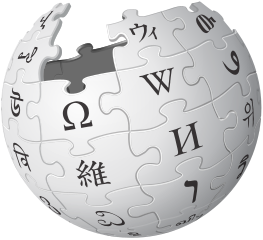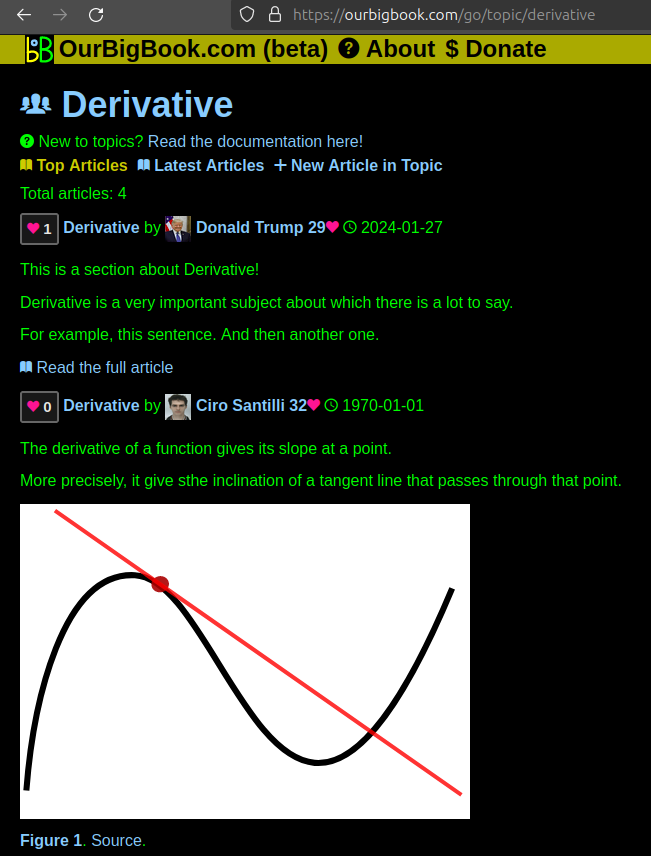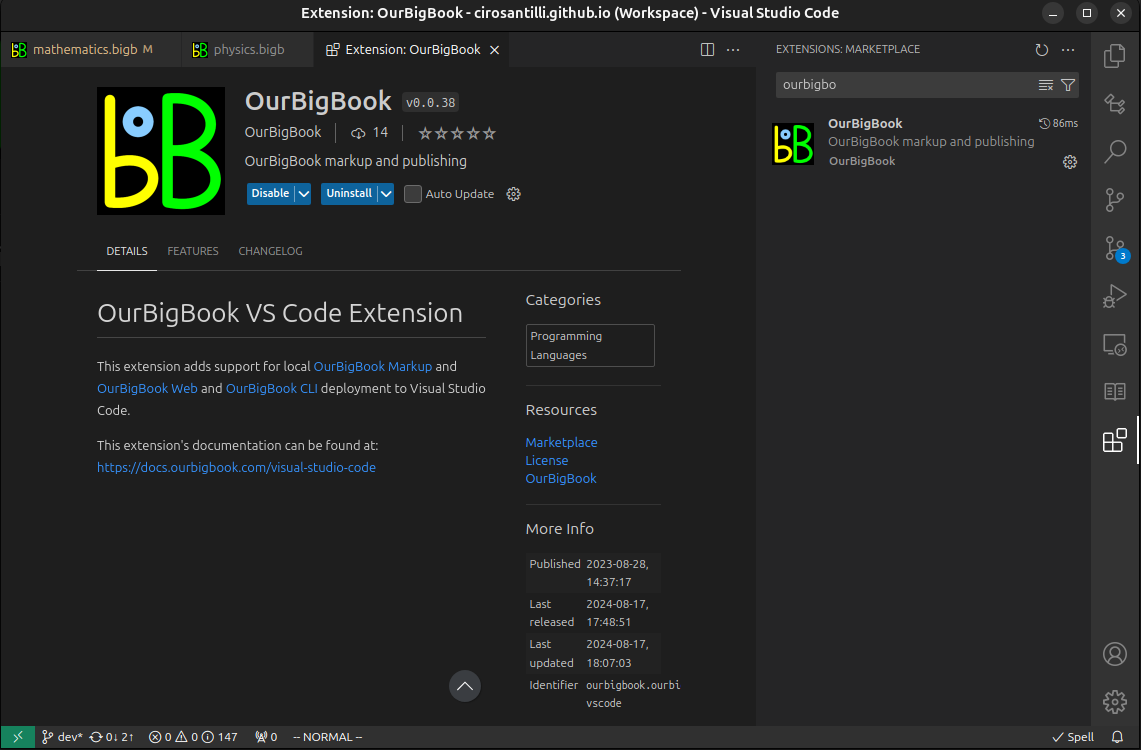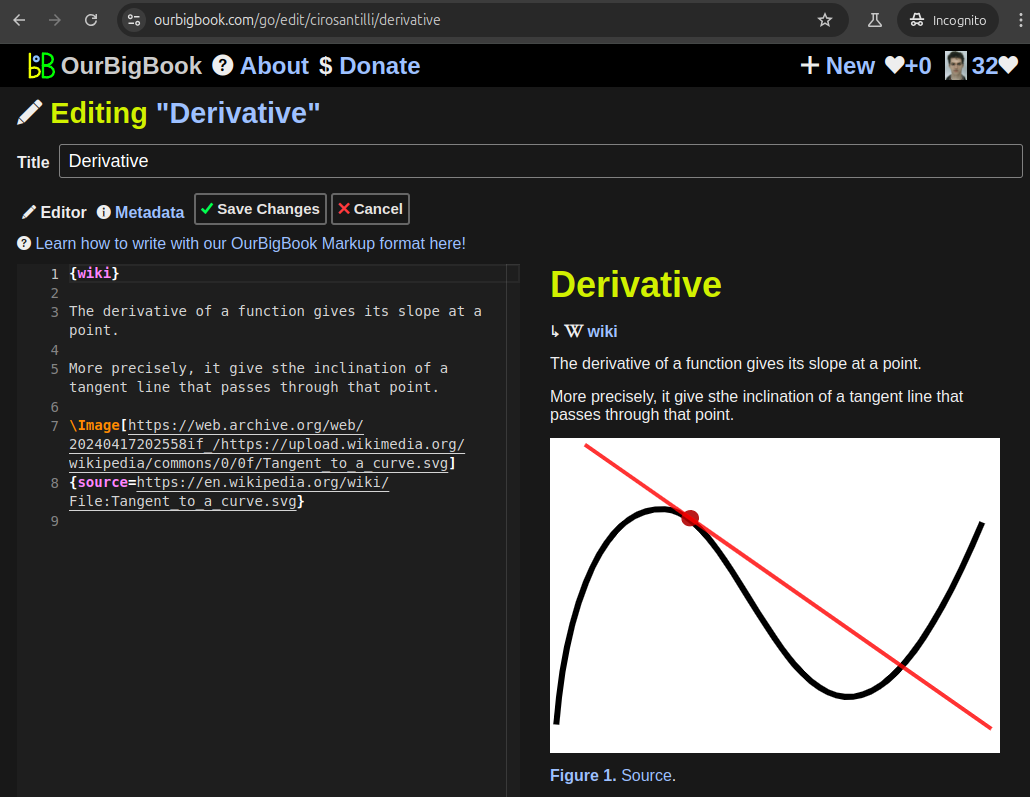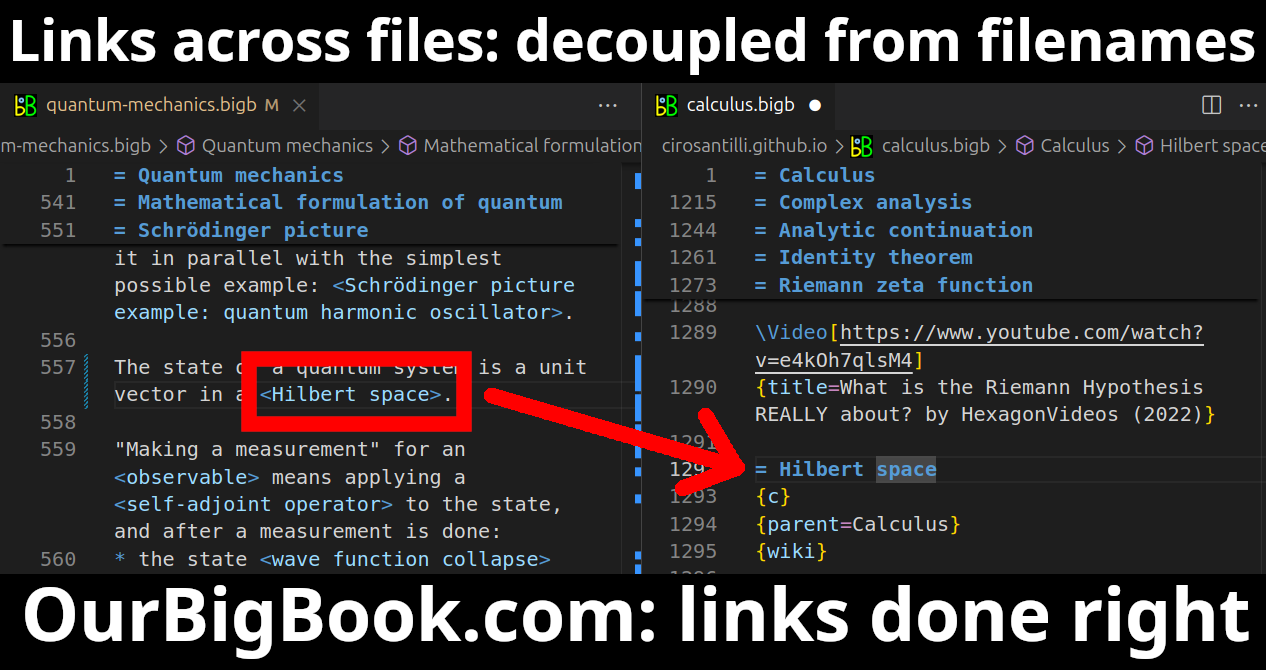A glossary of tornado terms typically includes definitions for various terms related to tornadoes, their formation, behavior, and measurement. Here are some common terms you might find in such a glossary: 1. **Tornado**: A rapidly rotating column of air that extends from a thunderstorm to the ground, characterized by a visible funnel cloud. 2. **Funnel Cloud**: A rotating, funnel-shaped cloud that extends from a thunderstorm but does not touch the ground; it indicates potential tornado formation.
A list of cities by sunshine duration typically ranks cities based on the average number of hours of sunshine they receive annually. Cities with the highest sunshine durations are often located in arid and semi-arid regions, where clear skies are more common. Here's a brief overview of some cities known for their high sunshine duration: 1. **Yuma, Arizona, USA** - Often cited as the sunniest city in the world, with over 4,000 hours of sunshine per year.
Hailstorms can be extremely destructive, leading to significant property damage and even fatalities. Here's a list of some notable costly or deadly hailstorms: 1. **Hailstorm in Denver, Colorado (May 8, 1981)**: This storm produced hailstones the size of softballs and damaged thousands of vehicles and buildings, resulting in losses estimated at around $625 million (in 1981 dollars).
A list of dust storms typically refers to documented occurrences or notable events of dust storms around the world. Dust storms are meteorological phenomena where strong winds lift and carry large amounts of dust and sand from arid and semi-arid regions, often reducing visibility and affecting air quality.
HiQ Labs v. LinkedIn is a significant legal case that centers around issues of data privacy, web scraping, and the legal boundaries of accessing publicly available information online. **Background:** HiQ Labs is a company that used web scraping technology to collect and analyze data from LinkedIn profiles. They aimed to provide services that offer insights on workforce trends and provide tools for companies looking to manage talent effectively.
WSO2 Mashup Server is an open-source platform designed for creating and managing mashups—web applications that combine data, functionality, or services from multiple sources into a single integrated application. Developed by WSO2, a software company that focuses on middleware solutions, the Mashup Server enables users to easily build applications that can consume and manipulate REST and SOAP-based web services, along with other data sources like RSS feeds, databases, and more.
The European Federation for Welding, Joining and Cutting (EWF) is an organization that aims to promote and advance the fields of welding, joining, and cutting in Europe. It serves as an umbrella organization for national welding societies and industry stakeholders across European countries. The EWF focuses on enhancing the quality and standards of welding and related processes, facilitating education and training, and supporting research and development in the field.
The MS Carolinian is a passenger ferry that operates between South Carolina and North Carolina. Specifically, it primarily serves the route between the city of Cherry Grove, South Carolina, and the town of Hatteras, North Carolina. The ferry is an essential service for both residents and tourists, providing a means of transportation across the waters of the Pamlico Sound and allowing for easier access to various destinations along the Outer Banks.
Post Weld Heat Treatment (PWHT) is a process used in welding and metal fabrication to improve the mechanical properties of welded joints. It involves heating a welded assembly to a specific temperature and then allowing it to cool under controlled conditions. The primary purposes of PWHT include: 1. **Relieving Residual Stresses**: Welding can introduce internal stresses in the material due to thermal expansion and contraction. PWHT helps to reduce these residual stresses, which can lead to improved fatigue resistance and durability.
Ultrasonic welding is a technique used to join two materials, usually thermoplastics or metal components, by applying high-frequency ultrasonic vibrations to produce localized melting at the interface of the materials. This process typically involves the following key elements: 1. **Ultrasonic Generator:** This device converts electrical energy into high-frequency ultrasonic vibrations, often in the range of 20 kHz to 40 kHz.
Rotary friction welding (RFW) is a solid-state welding process that joins two workpieces through the application of rotational motion and axial pressure. The process relies on the generation of heat through friction, which softens the material at the interface of the faying surfaces without melting it, allowing the materials to forge together.
Spiral welding is a specialized welding technique used primarily in the construction of large cylindrical structures, such as storage tanks, pipelines, and other cylindrical components. In this method, a long strip of metal is continuously fed and wrapped around a mandrel or a former in a spiral pattern, creating a seamless weld along the entire length of the cylinder.
Ultrasonic welding of thermoplastics is a technique used to join plastic components through the application of high-frequency ultrasonic acoustic vibrations. This process is commonly used in various industries, including automotive, electronics, packaging, and medical devices, due to its efficiency and ability to create strong, reliable bonds without the need for adhesives, screws, or other mechanical fasteners.
Robert Jones is an aerodynamicist known for his contributions to the field of aerodynamics, particularly in the study of fluid dynamics related to aircraft design and performance. His work typically involves research on airflow over various surfaces and the impact of design choices on flight efficiency and stability.
Barbara Bell is an American astronomer known for her work in the field of planetary science and her research on planetary atmospheres, especially those of the outer planets in our solar system. Throughout her career, she has contributed to several significant studies related to the atmospheres, moons, and other celestial features of planets like Jupiter and Saturn. Additionally, Barbara Bell is recognized for her efforts in science communication and education, making complex astronomical concepts accessible to the public.
X-ray welding is a specialized welding technique that incorporates the use of X-ray technology to improve the quality and reliability of welds. This method is not as commonly discussed as traditional welding processes, and its most notable applications often relate to materials evaluation and non-destructive testing rather than being a welding process per se. In the context of materials joining, X-ray technology can be used to inspect welded joints for defects, such as cracks, porosity, or incomplete fusion.
The death of Gareth Williams refers to the mysterious circumstances surrounding the death of a British intelligence officer whose body was discovered in a locked duffel bag in his apartment in London in August 2010. Williams, who worked for the Government Communications Headquarters (GCHQ), was found in a position that raised many questions about how he ended up in such a situation.
E. Brian Davies is a notable British mathematician and author, well-known for his contributions to the field of mathematics as well as for his works on mathematical education and philosophy. He has written several books aimed at demystifying mathematics and making it accessible to a broader audience. His interests often span topics including mathematical modeling, dynamical systems, and probability.
Cameron Wright is a hypothetical or fictional figure, as there is no widely recognized weapons scientist by that name in publicly available sources up to October 2023. It's possible that you might be referring to a less well-known individual in a specific context, or the name could appear in fictional works, such as novels, movies, or video games.
Gareth Brenton does not appear to be a widely recognized public figure, concept, or entity based on information available up to October 2023. It’s possible that he is a private individual or a lesser-known person.
Pinned article: Introduction to the OurBigBook Project
Welcome to the OurBigBook Project! Our goal is to create the perfect publishing platform for STEM subjects, and get university-level students to write the best free STEM tutorials ever.
Everyone is welcome to create an account and play with the site: ourbigbook.com/go/register. We belive that students themselves can write amazing tutorials, but teachers are welcome too. You can write about anything you want, it doesn't have to be STEM or even educational. Silly test content is very welcome and you won't be penalized in any way. Just keep it legal!
Intro to OurBigBook
. Source. We have two killer features:
- topics: topics group articles by different users with the same title, e.g. here is the topic for the "Fundamental Theorem of Calculus" ourbigbook.com/go/topic/fundamental-theorem-of-calculusArticles of different users are sorted by upvote within each article page. This feature is a bit like:
- a Wikipedia where each user can have their own version of each article
- a Q&A website like Stack Overflow, where multiple people can give their views on a given topic, and the best ones are sorted by upvote. Except you don't need to wait for someone to ask first, and any topic goes, no matter how narrow or broad
This feature makes it possible for readers to find better explanations of any topic created by other writers. And it allows writers to create an explanation in a place that readers might actually find it.Figure 1. Screenshot of the "Derivative" topic page. View it live at: ourbigbook.com/go/topic/derivativeVideo 2. OurBigBook Web topics demo. Source. - local editing: you can store all your personal knowledge base content locally in a plaintext markup format that can be edited locally and published either:This way you can be sure that even if OurBigBook.com were to go down one day (which we have no plans to do as it is quite cheap to host!), your content will still be perfectly readable as a static site.
- to OurBigBook.com to get awesome multi-user features like topics and likes
- as HTML files to a static website, which you can host yourself for free on many external providers like GitHub Pages, and remain in full control
Figure 3. Visual Studio Code extension installation.Figure 4. Visual Studio Code extension tree navigation.Figure 5. Web editor. You can also edit articles on the Web editor without installing anything locally.Video 3. Edit locally and publish demo. Source. This shows editing OurBigBook Markup and publishing it using the Visual Studio Code extension.Video 4. OurBigBook Visual Studio Code extension editing and navigation demo. Source. - Infinitely deep tables of contents:
All our software is open source and hosted at: github.com/ourbigbook/ourbigbook
Further documentation can be found at: docs.ourbigbook.com
Feel free to reach our to us for any help or suggestions: docs.ourbigbook.com/#contact
